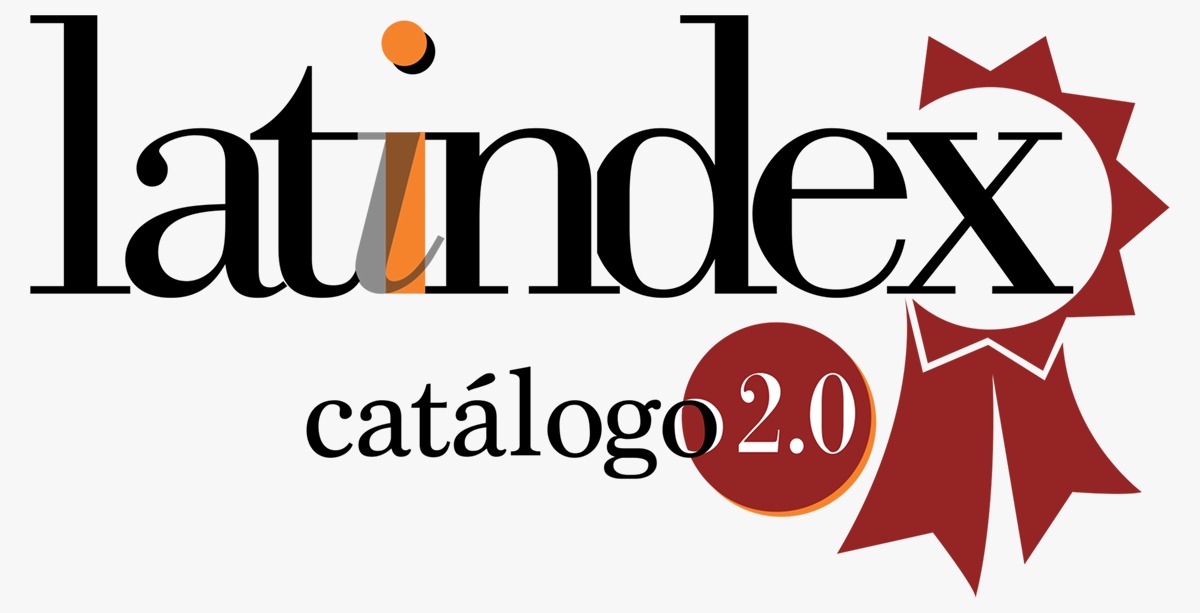Reflections on the "trans-formation" of the university through transdisciplinarity in teaching practices and research
DOI:
https://doi.org/10.29197/cpu.v16i32.353Keywords:
transdisciplinarity, higher education, transformation of the university, knowledge integration, complex thinkingAbstract
In higher education, the need for a change in the plans and strategies that teachers implement in their practices is evident, a renewal capable of addressing the complexity in which we live and that includes the protection of society and the environment as priority elements in the work of future professionals, so that they can respond congruently to current problems. The need for change is not a discovery of recent years, it is an issue that has been under discussion for a long time, however, the efforts and initiatives to move to a new model have been either ineffective or insufficient. The educational model based on designs structured exclusively with disciplines that are separated from each other makes it difficult to give an integral response to the complex social problems that are presented to us. Therefore, institutions of higher education consider the overcoming of the traditional educational paradigm, which involves separate teaching in disciplines (subjects), to give way to transdisciplinary models, which cover several disciplines in a transversal way, not only in name or with adjustments to the existing ones, but towards an approach that can transcend with a qualitative leap. The transformation implies that, from the classrooms, the teaching is assumed by approaching the subject or object of study in a way that integrates the diverse dimensions and areas of knowledge that compose it, in order to enable an understanding as close as possible to its complexity. To achieve this, the dialogue for the trans-formation of higher education must be opened, listening to different voices, not only academics, and including all the levels and actors involved in higher education. The proposal of this reflection suggests transdisciplinarity as a way to achieve this transformation.
Metrics
References
Barrantes-Montero, L. G. (2015). Cómo orientar la formación del personal docente nuevo hacia la adquisición de un paradigma sistémico. Revista Electrónica Educare, 19(3), 1-10.
Beltrán, D. (2016). La evaluación de la actividad universitaria y la validación del conocimiento académico: presupuestos epistemológicos desde el MODO 2 de producción del conocimiento. Revista de Epistemología y Ciencias Humanas, 8, 131-152.
Ciannelli, L., Hunsicker, M., Beaudreu, A., Bailey, K., Crowder, L., Finley, C. y Chingbu, P. (2014). Transdisciplinary graduate education in marine resource science and management. ICES Journal of Marine Science. 71(5), p. 1047-1051. Disponible en: https://academic.oup.com/icesjms/article/71/5/1047/648379
Collado J. (s.f). Los Fundamentos Astrobiológicos de la Humanidad: el Origen de la Consciencia Cosmoderna. Global Education Magazine. Disponible en: http://www.globaleducationmagazine.com/los-fundamentos-astrobiologicos-de-la-humanidad-el-origen-de-la-consciencia-cosmoderna/
Di Capua, A. (2004). Las reformas curriculares en los planes de formación de profesores en la Universidad. Facultad de Filosofía y letras. Universidad de Buenos Aires
Dieleman, H. (2014). Hacia una hermenéutica transdisciplinaria para arquitectos y diseñadores de paisaje. IV Congreso Internacional de Ciencia y Arte del Paisaje. En: Paisajes Alternativos (2016). México: Acampa. Jalisco.
Espinosa, A. (2007). Presentación. Visión Docente Con-ciencia. Año VI Nro. 34. Jalisco: Arkos. Puerto Vallarta.
Gibbons, M., Limoges, C., Nowotny, H., Schwartzman, S., Scott, P. y Trow, M. (1997). La nueva producción del conocimiento. Barcelona: Ediciones Pomares- Corredor
Morin, E. (1999) Los siete saberes necesarios para la educación del futuro. UNESCO
Morin, E. (2007). Introducción al pensamiento complejo. Valladolid: Gedisa Editorial. En:http://www.pensamientocomplejo.com.ar/docs/files/MorinEdgar_Introduccion alpensamiento-complejo_Parte1.pdf
Nicolescu, B. (1996). La Transdisciplinariedad. Manifiesto. México: Multiversidad Mundo Real Edgar Morin Edición, A.C.
Osorio, J. (2016). Educandos y su tránsito por el mundo complejo: elementos de la transdisciplinariedad en el currículo de una institución educativa del municipio de Palmira. Revista de Investigaciones UCM, 16 (27), 54-66.
Pozzoli, M.T. (2006). El sujeto de la complejidad: La construcción de un Modelo Teórico Transdisciplinar (eco-psico-socio-histórico-educativo). Polis Revista Latinoamericana. Disponible en: https://journals.openedition.org/polis/4921 Red Internacional de Estudios Generales (RIDEG) En: https://www.rideg.org/
Rondelli, B. (2015). Transdisciplinary research projects: a matter of evaluation or education? SIRIS academics. Disponible en: http://www.sirisacademic.com/wb/blog/transdisciplinary-research-projects-a-matter-of-evaluation-or-formation/
Tobón, S. (2005). Formación basada en competencias. Pensamiento complejo, diseño curricular y didáctica. España: Universidad Complutense de Madrid.
Velásquez, J. (2007). Los nuevos ambientes del aprendizaje, un imperativo para la educación del siglo XXI. Visión Docente Con-ciencia. Año VI Nro. 34. Arkos. Puerto Vallarta. Jalisco.
Velencei, J., Baracskai, Z., Dorfler, V. y Stierand, M. (2016). Supporting the Competent Practitioner: Trans-disciplinary Coaching with a Knowledge-Based Expert System. International Journal of Management Science and Business Administration. Vol. 2, No. 12, Pags. 20-27. Disponible en: http://dx.doi.org/10.18775/ijmsba.1849-5664-5419.2014.212.1002
Vélez, W. (2014). Los nuevos retos de la Educación General universitaria en el siglo XXI. Revista Nuevo Humanismo. Vol.2 Núm.2, Disponible en: http://www.revistas.una.ac.cr/index.php/nuevohumanismo/article/view/7207
Yeh, R. (2015). Convergence of Transdisciplinary Education [Convergencia de la Educación Transdisciplinaria]. Journal of Integrated Design and Process Science. 19(4), p. 3-8. Disponible en: http://eds.b.ebscohost.com/ehost/pdfviewer/pdfviewer?sid=25f4bb43-1e0c-4d82-a222-dc3c910e0615%40sessionmgr103&vid=0&hid=114
Published
How to Cite
Issue
Section
License
Unless otherwise indicated, all articles in this journal are published under a
Licencia Internacional Creative Commons 4.0 Atribución-NoComercial-CompartirIgual .
The authors retain the copyright and assign the right to the first publication to the magazine.









